Dental patient refund letter templates

To create a refund letter for a dental patient, ensure clarity and professionalism. Begin with a clear statement of the refund amount and the reason for the refund, whether it’s due to overpayment, insurance adjustments, or other financial discrepancies.
Keep the tone polite and respectful, focusing on the patient’s satisfaction. Provide all necessary details, such as the patient’s name, date of the treatment, and relevant billing information, ensuring that the letter is easy to follow and understand.
Consider including specific instructions on how the refund will be processed, including expected timelines or any steps the patient may need to take. This level of detail helps build trust and transparency in the communication.
Make sure the letter is formatted neatly, with a professional sign-off, and always double-check the figures before sending it. By ensuring these points are addressed, you can streamline the refund process and avoid confusion for both parties.
Here are the corrected lines:
Ensure the refund request is clear and concise. Include the patient’s name, treatment details, and the date of the service. Verify the correct billing amount and any overpayment.
Use formal yet friendly language. Express your willingness to resolve any issues and provide the necessary steps for processing the refund promptly.
Double-check for accuracy before sending the letter, especially for any amounts or dates mentioned. Providing a clear breakdown helps avoid any confusion.
Consider including a contact number or email for further inquiries. End with a polite invitation for follow-up if needed.
- Dental Patient Refund Letter Templates
When requesting a refund from a dental office, clarity and professionalism are key. A well-crafted refund letter helps to ensure the process is smooth and efficient. Below is a template to guide you in drafting your own dental patient refund letter.
Dental Patient Refund Request Template
Dear [Dentist’s Name],
I am writing to formally request a refund for the services rendered on [date of service] at your office. The amount of [amount] was charged to my account for [describe the service or treatment], and I believe I am entitled to a refund due to [reason for refund request].
As per our previous discussions, [mention any previous agreements or communications if applicable], I kindly request that the refund be processed at your earliest convenience. Please inform me if you require any additional information to proceed with the refund.
Thank you for your prompt attention to this matter. I look forward to resolving this issue swiftly.
Sincerely,
[Your Full Name]
[Your Contact Information]
Refund Acknowledgment Template
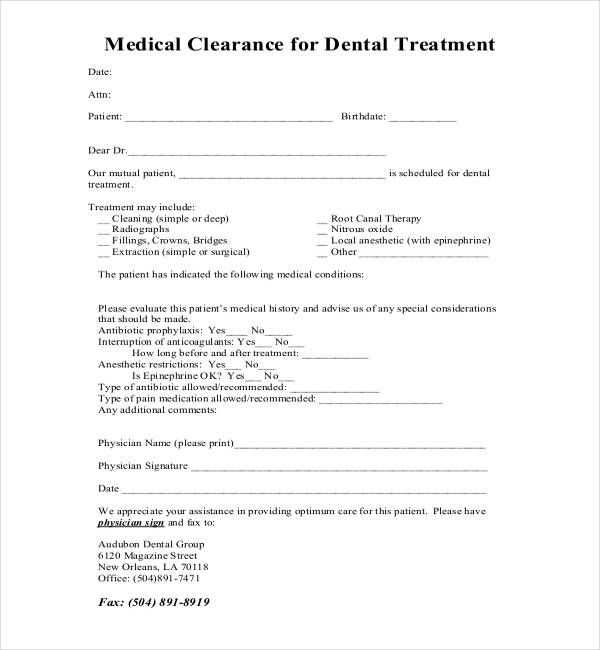
Dear [Patient’s Name],
Thank you for bringing this matter to our attention. We have reviewed your refund request and we are currently processing the refund of [amount] for the [service/treatment]. We aim to complete this transaction within [time frame].
If you have any further questions or need assistance, please don’t hesitate to contact our office at [contact details]. We apologize for any inconvenience this may have caused and appreciate your understanding.
Sincerely,
[Dentist’s Office Name]
[Contact Information]
Begin by addressing the recipient clearly. Include the patient’s full name, contact details, and the date of the letter at the top. Use a formal but approachable tone throughout. Be specific about the reason for the refund request, referencing the date of service, the procedure, and any relevant details like billing errors or dissatisfaction with treatment.
1. State the Request Clearly
Clearly state that you are requesting a refund. Use direct language like: “I am writing to request a refund for the dental service provided on [date], concerning [procedure].” Specify the amount being requested and explain any discrepancies or issues that led to this decision. If possible, include any proof of payment or other supporting documents.
2. Provide Relevant Details
List any relevant information that might help clarify the situation. This can include appointment details, receipts, or specific issues with the service, like unnecessary treatments or incorrect billing. Being transparent ensures that the dental office can review your case thoroughly.
| Information to Include | Details |
|---|---|
| Date of Service | [Date of treatment] |
| Procedure | [Specific procedure or service] |
| Amount Requested | [Refund amount] |
| Reason for Refund | [Brief description of reason] |
| Supporting Documents | [Receipts, invoices, etc.] |
Conclude the letter with a polite request for a timely response, mentioning any follow-up actions you plan to take if the matter is not resolved. Provide your contact information clearly for any follow-up communication.
Ensure the refund letter is clear, polite, and includes all necessary details for a smooth process. Here are the key elements to incorporate:
1. Patient Information
- Full name
- Contact details (address, phone number, email)
- Patient ID or account number
2. Treatment Details
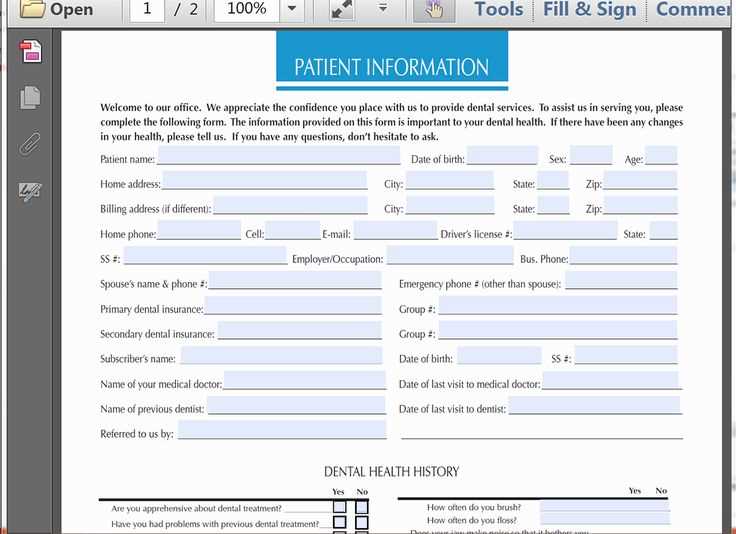
- Date of service
- Description of the treatment or procedure
- Amount charged for the service
3. Reason for Refund Request
- Provide a brief and clear explanation of why a refund is being requested
- If applicable, reference any mistakes or issues with the service
4. Refund Amount Requested
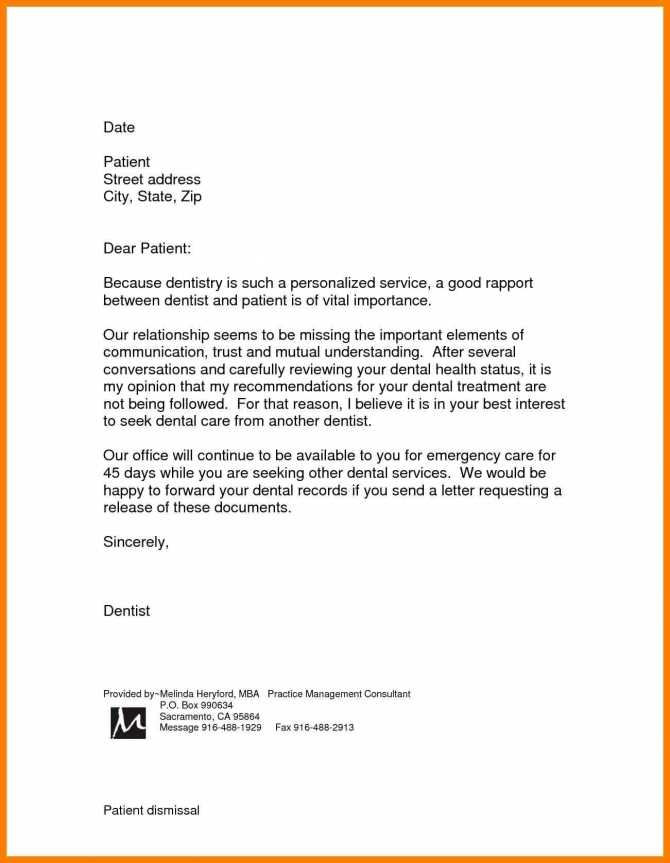
- Clearly state the amount the patient is requesting to be refunded
- Reference any payments already made or insurance contributions
5. Refund Method and Preference
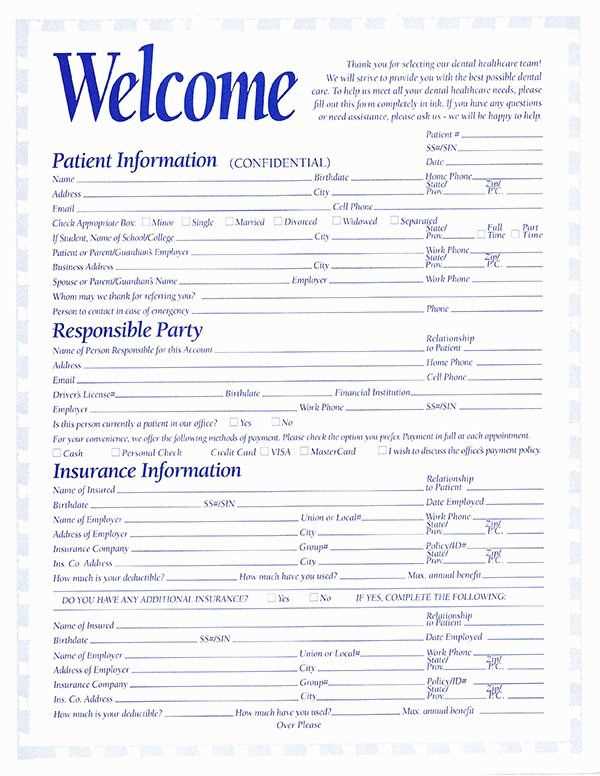
- State how the patient prefers to receive the refund (check, credit card, etc.)
- Include any necessary account or banking information for processing the refund
6. Supporting Documentation
- Attach receipts, invoices, or any relevant documents that support the refund request
- Include any previous communication with the dental office if relevant
7. Closing and Contact Information
- End the letter with a polite closing
- Provide your contact information in case further clarification is needed
Refund requests in dentistry must comply with both legal and ethical standards. Patients are entitled to request refunds for services not rendered correctly or for treatments that resulted in unexpected complications. However, dental professionals should assess these requests carefully to ensure compliance with contracts and patient agreements. Each case may involve a different set of facts, so the approach should be fair and consistent to maintain trust and avoid legal disputes.
Legal Obligations
Dental offices are bound by local regulations and healthcare laws regarding refunds. When a patient is dissatisfied with a service, it’s necessary to consult the relevant laws in your jurisdiction to determine if a refund is required. Some contracts may include a clause outlining refund policies, which can help guide decision-making. Dentists must also avoid offering refunds in cases where the treatment was performed as agreed and the dissatisfaction is related to personal preferences.
Ethical Considerations
Ethically, refund requests should be treated with empathy and transparency. Dentists must be open about the reasons for any complications and should communicate effectively with patients throughout the process. Handling refund requests with integrity and fairness not only upholds a professional reputation but also strengthens the relationship with patients, ensuring they feel valued and heard.
Ensure your refund letter is clear and direct. Avoid vague language or general statements that leave room for interpretation. Instead, focus on the specifics of the patient’s issue and clearly outline the circumstances that warrant the refund.
- Do not use excessive jargon. Keep your language simple and easy to understand, especially when explaining treatment-related concerns.
- Never assume the patient is aware of all the details. Provide clear information on what the refund covers and the reason behind it.
- Avoid being defensive or confrontational. Stay professional and focus on finding a solution instead of getting into disputes over the issue.
- Do not overlook the tone. Ensure your letter conveys empathy and understanding of the patient’s situation, avoiding any language that could seem dismissive.
- Skipping the details of the refund process can create confusion. Always include steps the patient can expect, such as when the refund will be processed and what information may be required.
- Don’t forget to double-check the patient’s information and treatment details. Incorrect information can cause delays or make the process more complicated for both parties.
Clearly explain the reason for the refund in a simple and transparent manner. Patients should feel they understand why the refund was necessary.
- Be specific about the details of the issue, such as billing errors or overpayments, without sounding overly technical.
- Use a polite and respectful tone, even if the situation is difficult. Keep the focus on resolution rather than the problem.
- Provide a timeline for the refund process. Make sure the patient knows when to expect their money back.
- Offer alternatives or solutions in case the refund is not possible, such as credit towards future visits, if applicable.
- Ensure that all communication is documented. Send a follow-up email or letter summarizing the decision and next steps.
By being clear, empathetic, and proactive, patients will appreciate the transparency and professionalism in the process.
Address disputes or negative feedback with transparency. Respond in a calm and clear manner, showing that you are open to resolving the issue while maintaining professionalism. Apologize if needed, but focus on finding a practical solution. Stay objective and avoid defensive language.
1. Acknowledge the Concern
Begin by acknowledging the customer’s frustration. Show empathy and understanding towards their experience. Express appreciation for their feedback, as it provides an opportunity to improve your service.
2. Clarify and Resolve the Issue
Once you understand the concern, clarify any misunderstandings. If the refund was issued correctly, explain the reasoning clearly. Offer alternatives, such as additional compensation or other solutions, if the customer remains dissatisfied.
Follow up after a response to ensure the issue is fully addressed and that the customer feels valued.
Changes Made to Avoid Repetitions and Maintain Clarity of Meaning
To ensure clarity and precision in dental patient refund letters, avoid repeating similar phrases. Focus on delivering information in a straightforward and coherent manner.
Key Adjustments
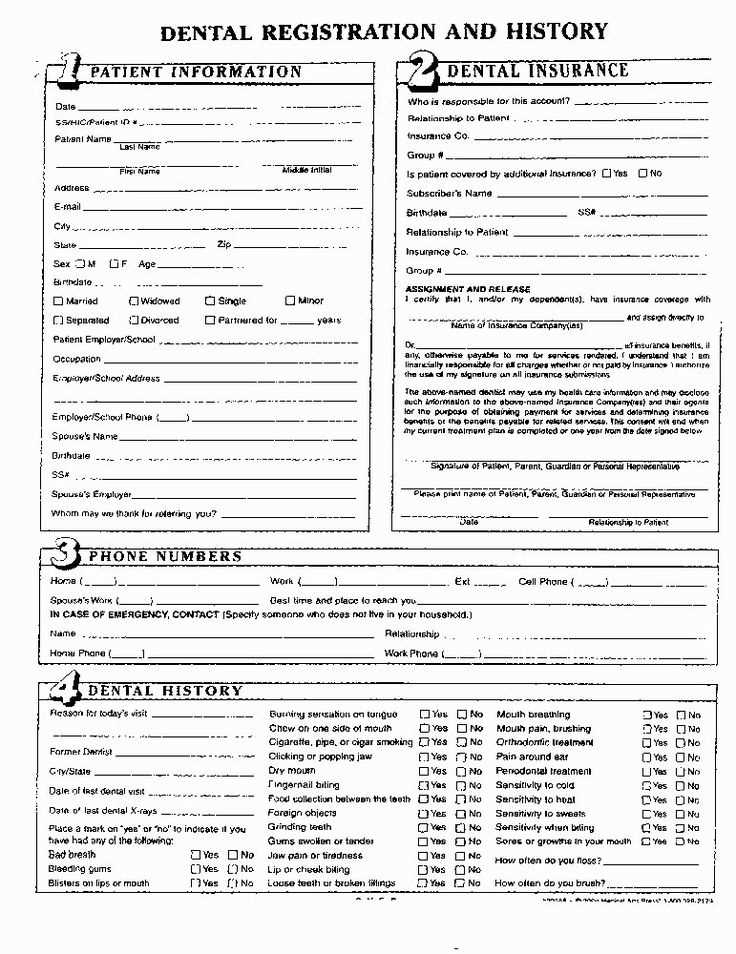
Start with clear identification of the patient and the reason for the refund request. Be concise and specify any necessary details, such as the date of the procedure or the payment made.
| Before Changes | After Changes |
|---|---|
| We received your payment for dental treatment. | Your payment for dental treatment has been received. |
| We apologize for any inconvenience caused during the process of the procedure. | We apologize for the inconvenience caused during the procedure. |
| We will process your refund as soon as possible. | Your refund will be processed promptly. |
Revisions like these prevent redundancy and create a smoother flow of information. Keep sentences direct, without sacrificing the necessary details for accuracy.
Why These Adjustments Matter
By making these changes, the letter becomes clearer for the recipient, reducing the likelihood of confusion. Clear communication is especially important in refund matters, where any misunderstandings could delay the process.